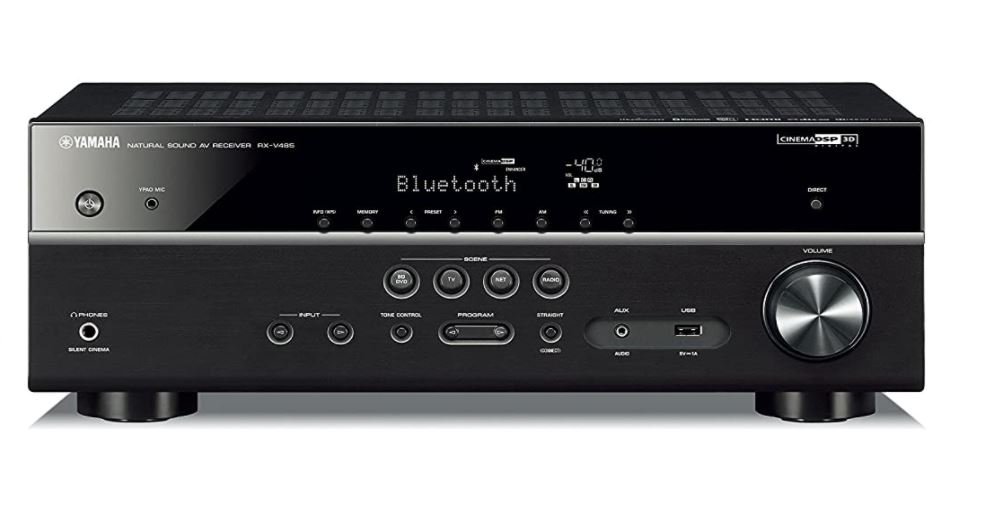A bug discovered in the chipsets of Panasonic, Denon, Marantz and Yamaha HDMI 2.1 AV receivers, has resulted in 4K, 8K and HDR 120Hz passthrough issues on PS5 and Xbox Series X.
The bug was identified by audio tech specialist outlets Heise Online and Audioholics who stated the following:
“When engaging these resolutions with these source devices directly connected to an HDMI 2.1 capable receiver utilizing the Panasonic HDMI 2.1 chipset, the user can experience a blank screen. This is a potential problem for any other manufacturer planning on using this HDMI 2.1 chipset in their next generation of HDMI 2.1 AV receivers as well.”
Related Content – The Best 8K TVs For PS5 So Far
However, Audioholics spoke to Sound United, which represents all of the affected brands. Their official response was this:
“Some new gaming source devices that support 4K/120Hz output may not work fully with Denon (or Marantz) 8K AVRs. You may discover this incompatibility issue due to a HDMI chipset mismatch between the devices. When the affected system is connected to the AVR via 8K HDMI input and set to output at 4K/120Hz, and the AVR’s 4K Signal Format option is set to “8K Enhanced,” you may not see the system’s source video on their display, and may not hear the system’s source audio processed through the AVR. This problem is only present when a display that supports 4K/120Hz is used.”
Though far from ideal, Sound United has proposed a couple of workarounds that you can see below:
You can connect the system to the display directly via HDMI and use the display’s ARC/eARC functionality to feed the native audio back to the AVR using the connected HDMI cable between the AVR and display. This will allow users to decode the native audio format sent from the source. With this method, the display’s CEC/ARC option must be enabled as well as the AVR’s HDMI Control and/or the AVR’s ARC option. In the AVR, this option is located within the GUI under “Video – HDMI Setup.”
Another workaround is to leave or change the source’s video output to 4K/60Hz instead of 4K/120Hz until a permanent solution is available. This will ensure reliable communication between the source, the AVR and the display. The source’s default is set to output at 4K/60Hz, so if no change was initiated out of the box, then nothing further needs to be done.
As soon as the issue has been resolved in future chips, we’ll be sure to let you know.
Source: [Heise Online via Audioholics]
